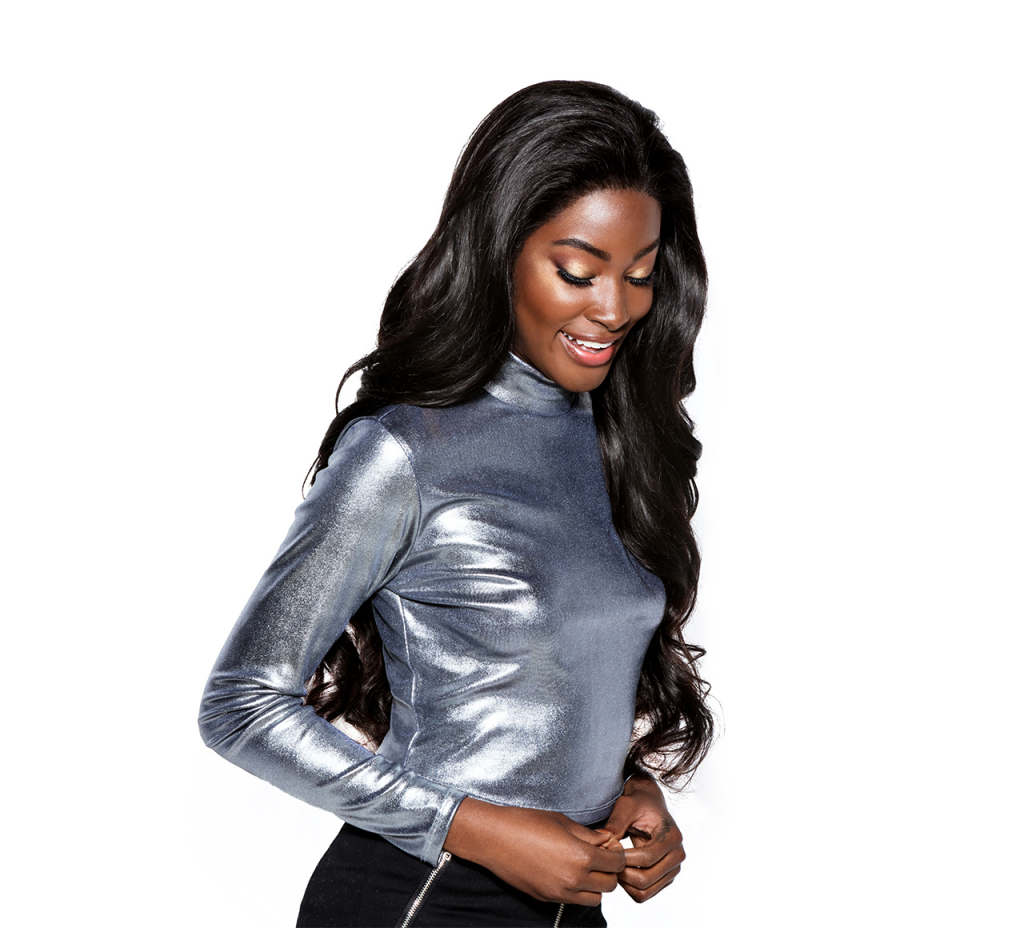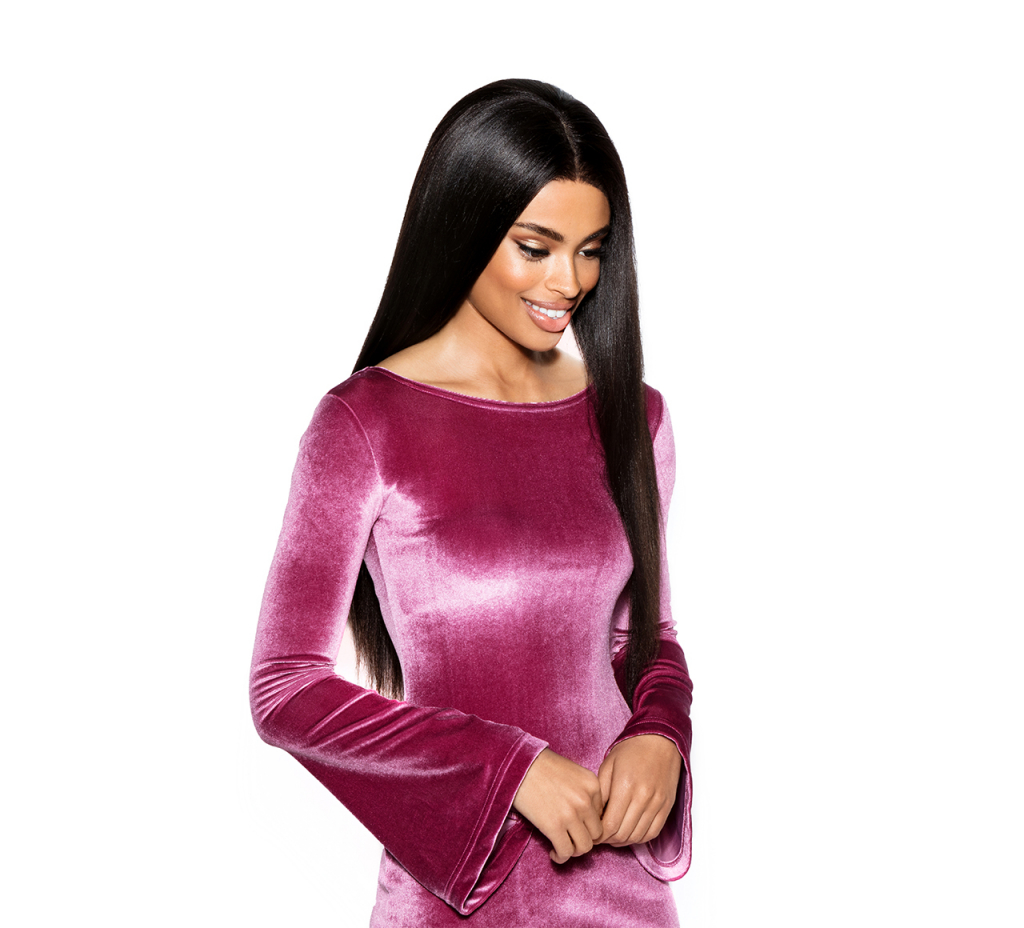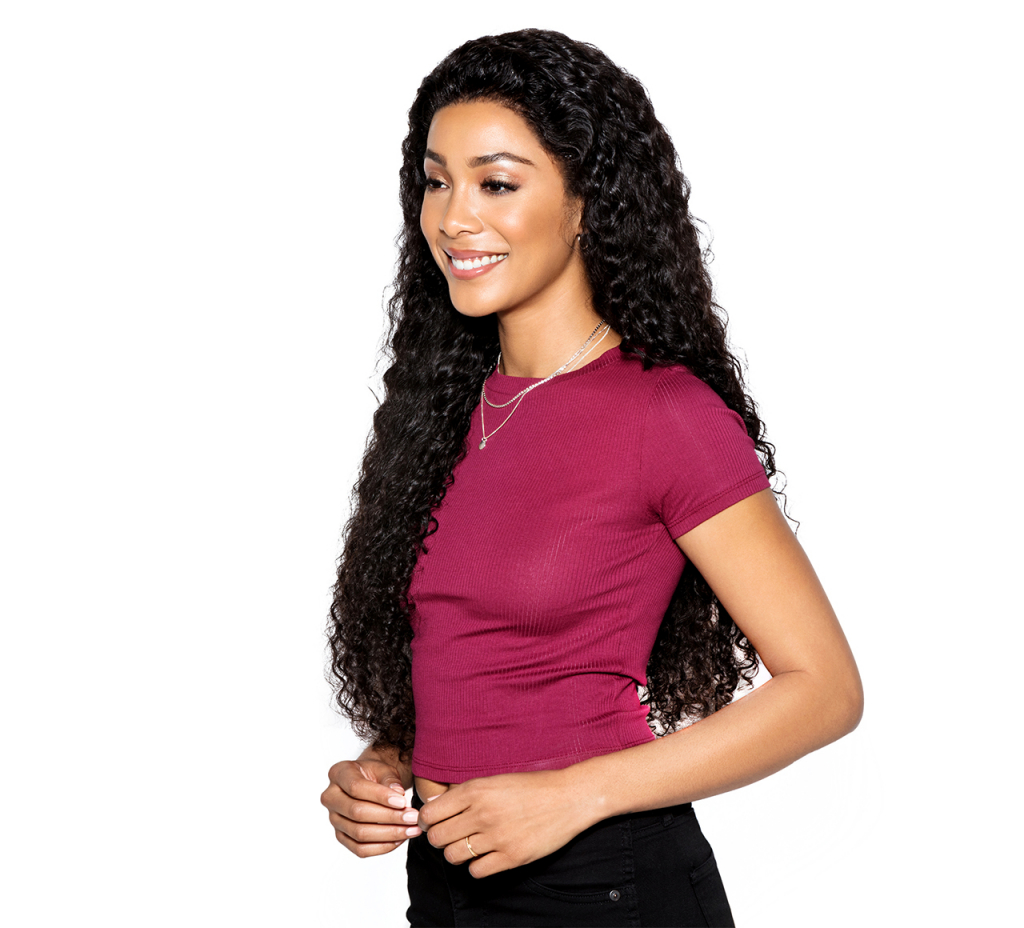
We all love to rock a natural-looking extension, wig, or weave, but the
choices can be overwhelming. You’ve heard terms like remy hair thrown
around, but what is remy hair? And what about yaki hair? Is yaki hair
remy hair? And then of course there’s virgin hair. You may have heard
virgin hair is remy, but not all remy hair is virgin- so what does that even
mean?
Ok, deep breath. Yes, it can all seem a little overwhelming at first, but as
always, we’re here to help you cut through the noise. We can help you
dig into some of the most common styles and textures of hair extensions
to make it easier than ever for you to find what you’re looking for.
Between understanding the difference between remy and non-remy hair,
and getting to know textures like yaki straight and kinky better, you’ll be
ready to narrow down which hair is best for your desired look and
lifestyle.
What is Virgin Hair?

So, let’s recap. You can find remy hair that uses (unprocessed) virgin hair
strands, but you can also find remy hair that uses nonvirgin hair.
Remember, this just means the remy hair may have undergone treatment
or dying prior to collection.
What is Non-Remy Hair?
Stay with us here. Now that you know what remy hair is, it’ll be easy for
you to identify non-remy hair. Non-remy hair may have its cuticles intact,
but they will flow in different directions. It’s also collected differently than
remy hair. Rather than getting it directly from the donor’s scalp, non-remy
usually comes from multiple sources and sometimes includes “fallen”
strands, which may have been pulled from hairbrushes, or even floor
scraps.
Unlike remy hair, non-remy hair tends to easily get tangled and matted. It
doesn’t look as smooth and soft as remy hair, it often has a shorter life
What is Yaki Hair?

Now that you get the different grades of hair that are out there, it’s time
to talk yaki. What is yaki hair? Yaki refers to the actual texture of the
locks, not the grade of the hair. To get the look, the strands undergo a
steaming (just water!) process to give them a micro kink, which imitates
the look of natural hair that has been relaxed or straightened. Each
individual strand has waves, which provide the overall texture. You can
get the yaki treatment on hair that is virgin, remy, non-remy, and even
synthetic (artificial hair).
Unlike the sleek and uniformed look that you’ll find with remy hair, yaki
hair is an au natural style. It’s most often described as chemically relaxed
Afro Caribbean hair with a natural-looking kink. It doesn’t stop there
though. There are four types of processed textures of yaki hair to choose
from: straight or silky; regular; kinky; and kinky curly
The first style, straight yaki hair, is one of the most popular variants. It
refers to yaki hair that looks like it’s been relaxed or flat ironed. With this
option, you don’t have to reach for your straightening iron to get that
pressed look.
Prefer something with a little more volume and texture? Go with regular
yaki. It’s straight and similar to the first variation, but not as smooth—the
strands aren’t poker straight. With its slightly rougher texture, it gives off
low maintenance and laidback vibes.
Then there’s kinky yaki hair. If you go this route, the hair is unrelaxed and
hasn’t undergone any treatments. Even though it hasn’t been pressed
straight, kinky hair is usually blown straight—it’s a great natural look with
a thick, full, and fluffy texture- think vixen level volume.
Finally, there’s kinky curly yaki hair. Forget flat irons and curling rods.
This style hasn’t been relaxed, so it’s closest to a natural state with all the
wavy texture. It’s great for big, bold looks that have tons of personality.
Yaki hair is fun and versatile, but make sure you look into how to
properly care for it. Curling or straightening your yaki hair with high heat
can damage the strands, so use extremely low heat or leave it to the
professionals.
We’re not going to quiz you on all of that, but we’re sure you’d ace it
anyway. Now that you’re familiar with all the ins and outs of hair
extensions, check out the different types of hair that Mayvenn offers. We
have virgin hair in eight different textures. Once you’ve picked out the
perfect pieces, look into our Mayvenn Install Program. When you buy
three bundles, we’ll pay for you to get them installed at a local Mayvenn
Certified Stylist near you. The service includes shampoo, condition, braid
down, sew-in, and style. It’s easy—simply use the FREEINSTALL code
when you buy your bundles and then book an appointment with a stylist
of your choice. All of our trained certified stylists are experts in the field
and ready to answer any other questions about maintenance and care to
make sure you get to enjoy the fun stuff- getting creative with your look
and feeling beautiful.

